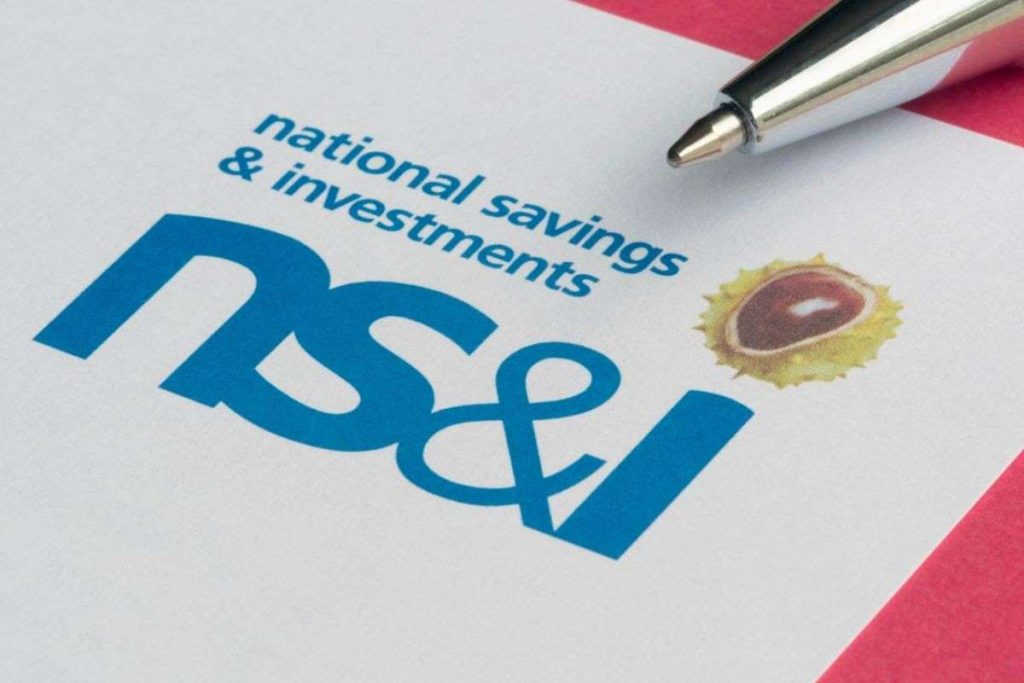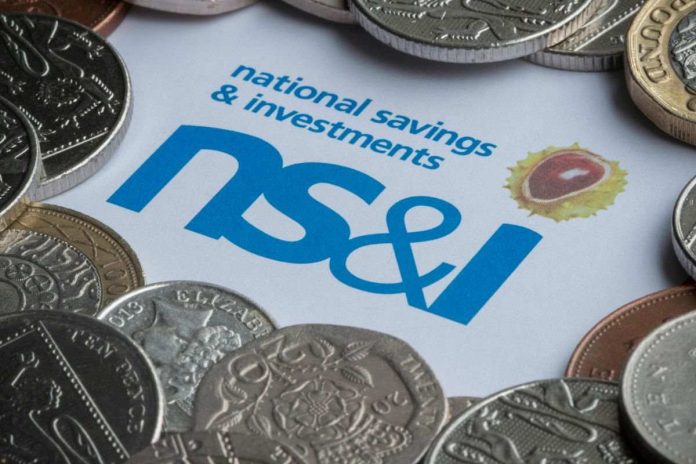Savings and investments are much more important for you, offered by the National Savings and Investments (NS&I), an organization that enjoys a high level of popularity among savers who look for a more securitized investment opportunity with Government backing.
Nevertheless, NS&I brings some peace of mind, there are always factors to be aware of.
Different approaches come with their own set of pros and cons. By demystifying these, you can appropriately select where to invest your scarce resources.
Table of Contents
Double Returns in Market Rates
One significant problem with the savings products offered by National Savings and Investments is that they typically provide a smaller rate of return as compared to what one would receive from private and mutual banking institutions.
NS&I meets the priorities of the savers and taxpayers as well as of its Government. At times, it can involve some compromises on the side of borrowers to ensure that depositors have stable income flows constantly.
Even though the volume-based majority of their offerings may at times be competitive to other government-backed alternatives. Which they have the monopoly of, they could not beat the leading market companies.
During times of higher interest rates, this is especially evident.
Clients who have a longer-term period and are not sensitive to losses can also be proactive and explore private institutions as there is a high possibility of better returns.
Price Elevation a Factor behind Purchasing Power
Inflation
It usually entails a rising cost for goods and services, which may erode your real savings accumulation.
Even though National savings and investment products are secure in the respect that they won’t be at a loss. The possible lag between the interest rates and the inflation might pose a disadvantage.
Your money will become less effective at buying the needed items.
Interest Rates
if you own a money-saving account that generates a yearly interest rate of 2% when inflation stands at 3% then you will lose 1% of the buying power of money every approaching year.
To overcome the situation, some investors depend on stock and index funds that are proven to have power against inflation problems.
Limited Investment Choices
While the National Savings & Investments (NS&I) principal task is concerned with low-risk savings accounts and bonds.
On the one hand, this type of investment is a good money-making tool for people who are risk-averse savers, but on the other hand, it has limited investment opportunities.
However, in short, you won’t be able to get the big bank of investment products, such as stocks, shares, mutual funds, and so on, as the private institutions offer.
These high-risk high-return paths, in this regard, may enable one to yield greater compensation, respectively.
What Options Available to Your National Savings and Investments

Fixed Rate Bonds
While some National savings and investments products are restricted on early withdrawals. Especially the fixed-rate bonds, you may still find a substitution for certain needs.
It is possible to have been most inconvenient when you might need to get hold of some of your cash right now.
Even though early penalties the majority of the time are insignificant, they will eventually take a bite off your growth. Think of NS&I products as one of your options to handle your financial needs.
Obtain more information about access to your money.
Free Taxation
National savings and investments used to be well known for its “tax-free” status which was a key aspect of it. Admittedly, by the time Personal Savings Allowance appeared in many countries.
Its advantage for taxing responsible savers had become not as considerable as well.
Yet, tax-exempt bonds should be kept in mind since the tax liability depends on the individual situation, especially for high-rate taxpayers or those owning big sums of money.
What Are 3 Ideal National Savings and Investments Strategies?
Despite the limitations, National savings and investments products remain a good fit for certain types of savers:
Risk-averse individuals
If you want to possess the assurance that the government is standing behind you and you are free from turmoil.
Choose NS&I as it is a government-backed entity and second, did you ever imagine that you could get a chance to earn money from playing games?
Short-term savings goals
NS&I products are ideal for saving for short-term targets. Where fast banking transfers which give you access to your cash are the ultimate products you should use.
Emergency funds
The purpose of the National Savings and Investments account is just here to cover some of the queried emergency bills in case of untimely events.
Investing in Government-issued discounted bonds can also be an avenue for you to improve your financial health.
How to Minimise Downsides in National Savings and Investments in 5 Steps?
National Savings The bank may provide higher security and in some cases even government backing, but on the other hand, the payoffs may sometimes be smaller.
Here’s how to minimize the downsides:
1. Understand Your Goals
National savings and investments are excellent for short-term saving or money that has little risk of not making a profit.
Use them in liquid form for unexpected expenses or maintain unwavering safety for visions in the longer run.
Where capital protection is essential. Search for a secure long-term growth option that can be utilized in your golden days, like retirement investments.
2. Explore the Product Range
NS&I is a diverse assemblage of products. Investing in Premium Bonds can work out because one gets a chance to win a prize and can foresee a certain profit.
Index-linked savings grows in line with inflation. Therefore your purchasing power remains intact.
3. Enhance Your Savings
Disbursing the funds across deposits whose terms of maturity are different.
This divides financial sources between the opening and closing of different accounts with the possibility of acquiring the rewards of high initial interest on the newly opened account.
4. Combine with Other Investments
Think about NS&I being incorporated as a diversification of portfolios.
Collect them up with high-growth products like stocks & shares for a truly balanced performance that excessively does not expose you to risk while still pursuing growth.
5. Regularly Review
We regularly reassess that for your personal goals about the financial rates and these might change.
From time to time review your NS&I holdings and see if they are still reasonable with their present goals.
It is also possible that, for certain services, cheaper and even better options might be available elsewhere.
Bonus Tip
While this may be possible in some cases, it would require thorough analysis and must comply with all relevant regulations.
Consequently, you may save more revenues by maximizing ISAs within National savings and investments.
They provide higher earning possibilities and allow you to withdraw money without paying taxes.
Conclusion
Through the learning of limitations and tactics for utilizing NS&I products most effectively. You could decrease their pitfalls and reap their strongest benefits for your perfect and all-rounded plan of finance.
Those National savings and investment products are a safe and convenient option, for saving money too as the government guarantees.
But we must also be aware of the disadvantages, especially the fact that they offer lower returns than the market as a whole and the likeliness of inflation eating away the buying power of your savings.
Taking into consideration these shortcomings, it becomes easier to make financial decisions about whether the NS&I products are suitable for your risk and goals.
Recall, don’t put all your eggs in one basket, as that is the main principle of a good financial portfolio. In this case, a combination of NS&I products for safety and private institutions for more likely growth may make sense but this depends on your personal risk level and how long you are seeking to invest.




